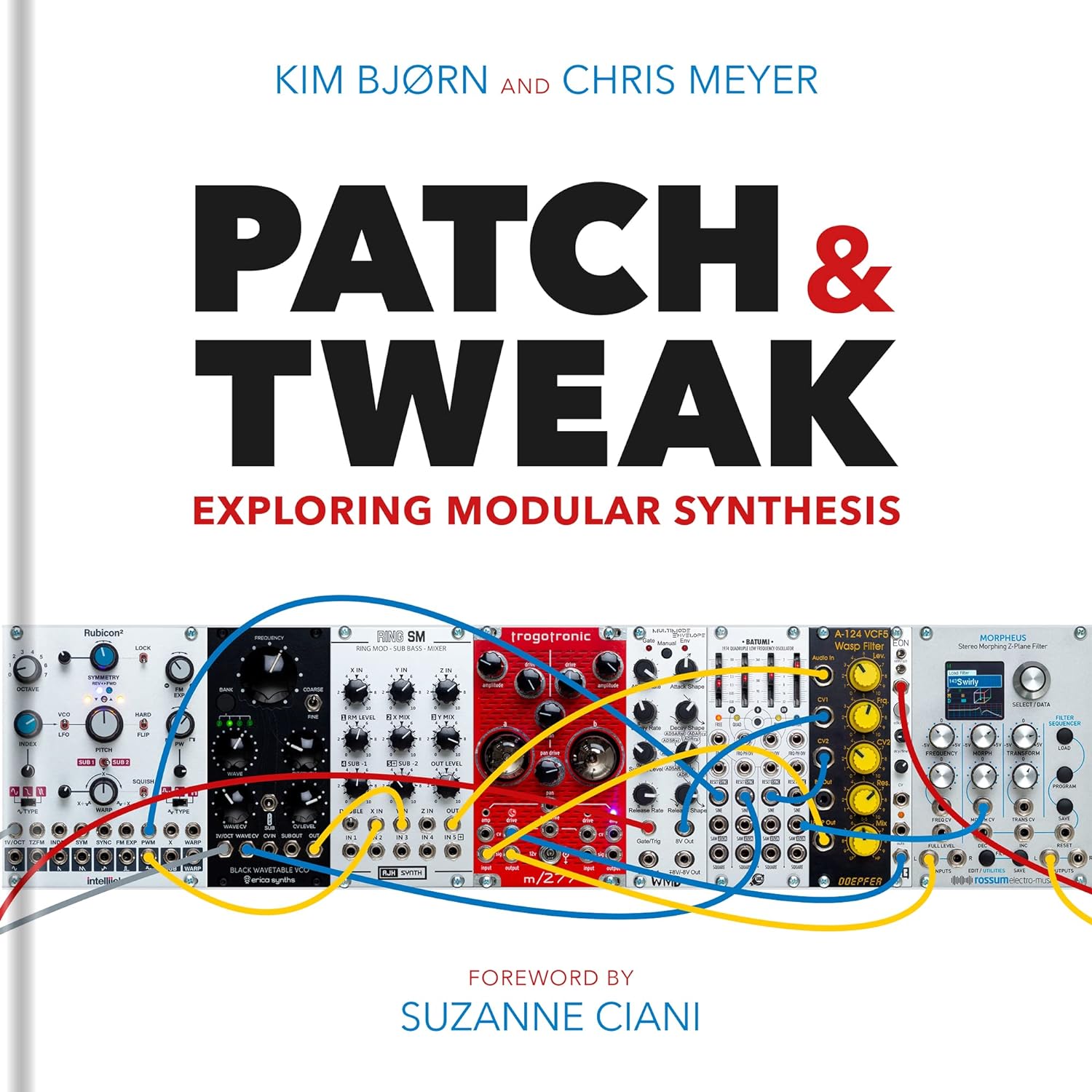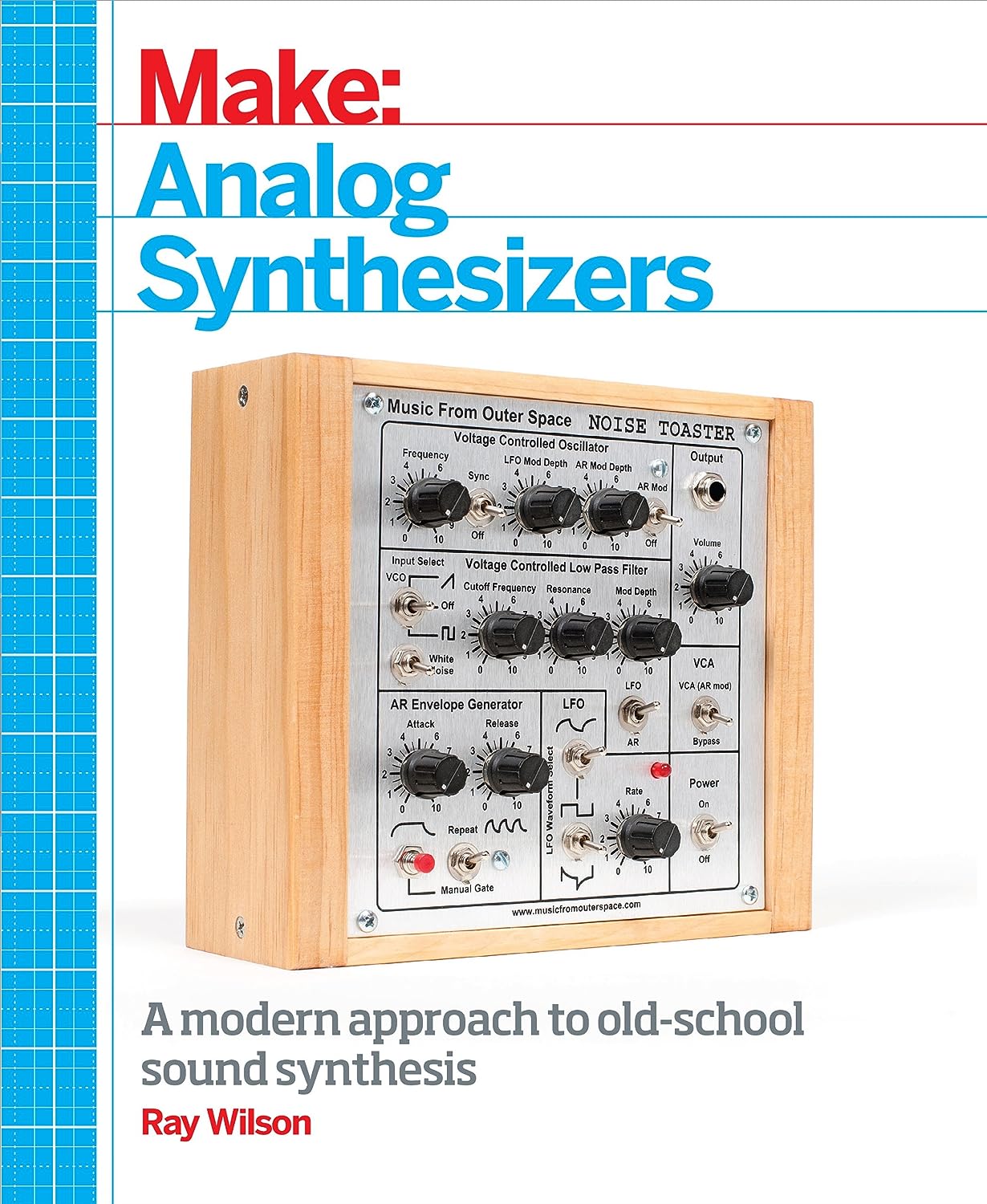 "Although it is not an especially common type of filter, if you have a decent number of softsynths, you may have come across what is called a 'comb filter' (so named, because if you look at its frequency response, it looks like the teeth of a comb). Casual mucking about usually results in flanging type effects, which is all well and good, but why would you need that when your plug-in folder probably already has a dedicated flanging effect or two? While it is true that comb filters can be used for flanging type effects, where it really becomes useful is in doing a sort of basic physical modelling."
"Although it is not an especially common type of filter, if you have a decent number of softsynths, you may have come across what is called a 'comb filter' (so named, because if you look at its frequency response, it looks like the teeth of a comb). Casual mucking about usually results in flanging type effects, which is all well and good, but why would you need that when your plug-in folder probably already has a dedicated flanging effect or two? While it is true that comb filters can be used for flanging type effects, where it really becomes useful is in doing a sort of basic physical modelling."See the full post on Waveformless for a short tutorial you can try and a sample.





































No comments:
Post a Comment
Note: To reduce spam, comments for posts older than 7 days are not displayed until approved (usually same day).